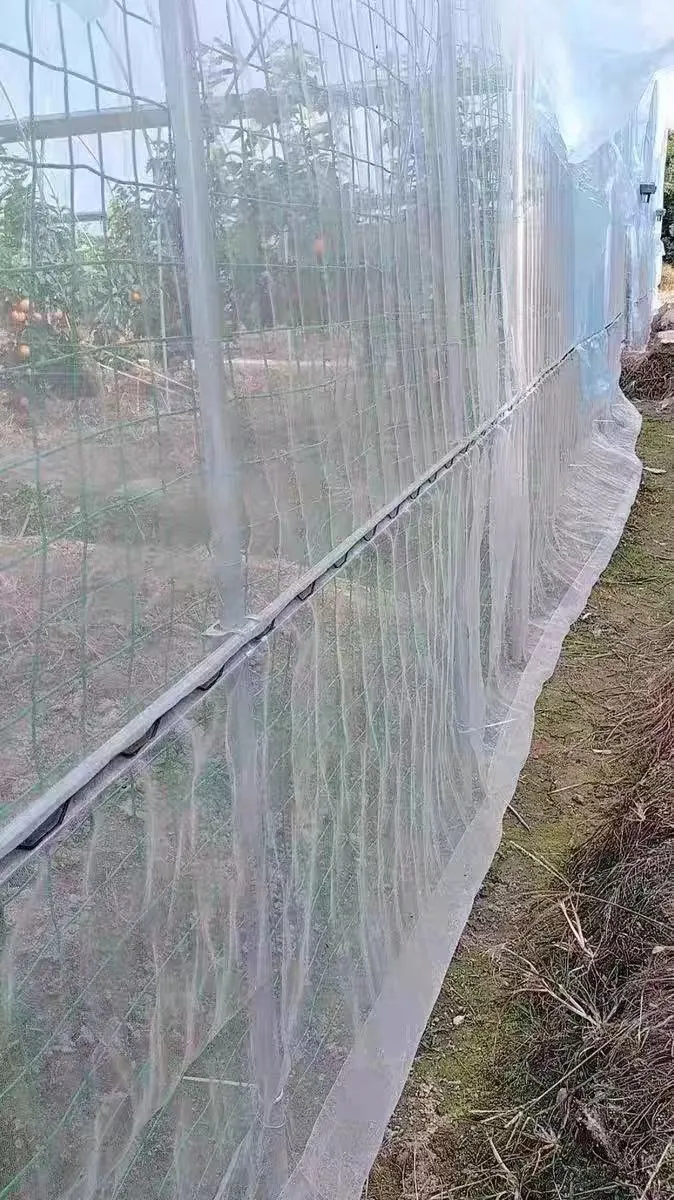-
 Afrikaans
Afrikaans -
 Albanian
Albanian -
 Amharic
Amharic -
 Arabic
Arabic -
 Armenian
Armenian -
 Azerbaijani
Azerbaijani -
 Basque
Basque -
 Belarusian
Belarusian -
 Bengali
Bengali -
 Bosnian
Bosnian -
 Bulgarian
Bulgarian -
 Catalan
Catalan -
 Cebuano
Cebuano -
 China
China -
 Corsican
Corsican -
 Croatian
Croatian -
 Czech
Czech -
 Danish
Danish -
 Dutch
Dutch -
 English
English -
 Esperanto
Esperanto -
 Estonian
Estonian -
 Finnish
Finnish -
 French
French -
 Frisian
Frisian -
 Galician
Galician -
 Georgian
Georgian -
 German
German -
 Greek
Greek -
 Gujarati
Gujarati -
 Haitian Creole
Haitian Creole -
 hausa
hausa -
 hawaiian
hawaiian -
 Hebrew
Hebrew -
 Hindi
Hindi -
 Miao
Miao -
 Hungarian
Hungarian -
 Icelandic
Icelandic -
 igbo
igbo -
 Indonesian
Indonesian -
 irish
irish -
 Italian
Italian -
 Japanese
Japanese -
 Javanese
Javanese -
 Kannada
Kannada -
 kazakh
kazakh -
 Khmer
Khmer -
 Rwandese
Rwandese -
 Korean
Korean -
 Kurdish
Kurdish -
 Kyrgyz
Kyrgyz -
 Lao
Lao -
 Latin
Latin -
 Latvian
Latvian -
 Lithuanian
Lithuanian -
 Luxembourgish
Luxembourgish -
 Macedonian
Macedonian -
 Malgashi
Malgashi -
 Malay
Malay -
 Malayalam
Malayalam -
 Maltese
Maltese -
 Maori
Maori -
 Marathi
Marathi -
 Mongolian
Mongolian -
 Myanmar
Myanmar -
 Nepali
Nepali -
 Norwegian
Norwegian -
 Norwegian
Norwegian -
 Occitan
Occitan -
 Pashto
Pashto -
 Persian
Persian -
 Polish
Polish -
 Portuguese
Portuguese -
 Punjabi
Punjabi -
 Romanian
Romanian -
 Russian
Russian -
 Samoan
Samoan -
 Scottish Gaelic
Scottish Gaelic -
 Serbian
Serbian -
 Sesotho
Sesotho -
 Shona
Shona -
 Sindhi
Sindhi -
 Sinhala
Sinhala -
 Slovak
Slovak -
 Slovenian
Slovenian -
 Somali
Somali -
 Spanish
Spanish -
 Sundanese
Sundanese -
 Swahili
Swahili -
 Swedish
Swedish -
 Tagalog
Tagalog -
 Tajik
Tajik -
 Tamil
Tamil -
 Tatar
Tatar -
 Telugu
Telugu -
 Thai
Thai -
 Turkish
Turkish -
 Turkmen
Turkmen -
 Ukrainian
Ukrainian -
 Urdu
Urdu -
 Uighur
Uighur -
 Uzbek
Uzbek -
 Vietnamese
Vietnamese -
 Welsh
Welsh -
 Bantu
Bantu -
 Yiddish
Yiddish -
 Yoruba
Yoruba -
 Zulu
Zulu
Durable Steel Window Screens for Enhanced Home Protection and Improved Aesthetic Appeal
The Importance of Steel Window Screens in Modern Architecture
In a world where urbanization is continually on the rise, the structures we inhabit have evolved significantly. Among various architectural elements, window screens have become essential for functionality and aesthetics. Among the many materials used, steel window screens stand out for their strength, durability, and versatility. This article explores the advantages of steel window screens and their role in contemporary architecture.
Strength and Durability
One of the primary benefits of steel window screens is their superior strength and durability compared to other materials like aluminum or fiberglass. Steel is resistant to wear and tear, making it an excellent investment for commercial and residential buildings alike. Unlike traditional window screens that may degrade over time from exposure to the elements, steel screens are less susceptible to damage from wind, rain, or pests. This longevity not only maintains the structural integrity of buildings but also reduces the frequency and cost of repairs and replacements.
Security Features
Security is a significant concern for homeowners and businesses alike. Steel window screens provide an added layer of protection against break-ins and unwanted intrusions. Their robust construction serves as a deterrent, making it difficult for intruders to gain access to a property. Additionally, steel screens can be customized with advanced locking mechanisms, further enhancing security. This feature is especially important in urban areas, where property crime rates can be higher.
Aesthetic Appeal
steel window screen

While functionality and safety are paramount, the aesthetic value of a building cannot be overlooked. Steel window screens can be designed to complement the architectural style of a building, whether it be modern, industrial, or traditional. Their sleek lines and minimalist appearance can enhance the visual appeal of windows, allowing for an unobstructed view of the outdoors while still maintaining a stylish facade. Furthermore, steel screens can be finished in various colors and textures, allowing for personalization that meets the taste and design preferences of the property owner.
Energy Efficiency
In addition to security and aesthetics, steel window screens contribute to improved energy efficiency. By providing a physical barrier, these screens can prevent heat loss during colder months while keeping interiors cool during warmer weather. When combined with energy-efficient windows, steel screens can help regulate indoor temperatures, leading to reduced reliance on heating and cooling systems. This not only benefits the environment but also results in lower energy bills for homeowners.
Eco-Friendly Option
As sustainability becomes a central focus in construction and design, steel window screens emerge as an eco-friendly option. Steel is a recyclable material, which means that at the end of its lifecycle, it can be repurposed rather than ending up in a landfill. Moreover, the durability of steel contributes to sustainability as it minimizes the need for replacements and repairs, leading to reduced resource consumption over time.
Conclusion
Steel window screens represent a harmonious blend of strength, security, and style that is increasingly important in modern architecture. Their ability to withstand the test of time, combined with enhanced aesthetic versatility and energy efficiency, make them a smart choice for both residential and commercial applications. As we continue to prioritize robust and environmentally friendly building materials, steel window screens may very well lead the way, proving that functionality and beauty can coexist in architectural design. Whether you are renovating a historical property or designing a contemporary space, considering steel window screens can bring both practical benefits and visual appeal to any project.
-
Shipping Plastic Bags for Every NeedNewsJul.24,2025
-
Safety Netting: Your Shield in ConstructionNewsJul.24,2025
-
Plastic Mesh Netting for Everyday UseNewsJul.24,2025
-
Nylon Netting for Every UseNewsJul.24,2025
-
Mesh Breeder Box for Fish TanksNewsJul.24,2025
-
Expanded Steel Mesh Offers Durable VersatilityNewsJul.24,2025











